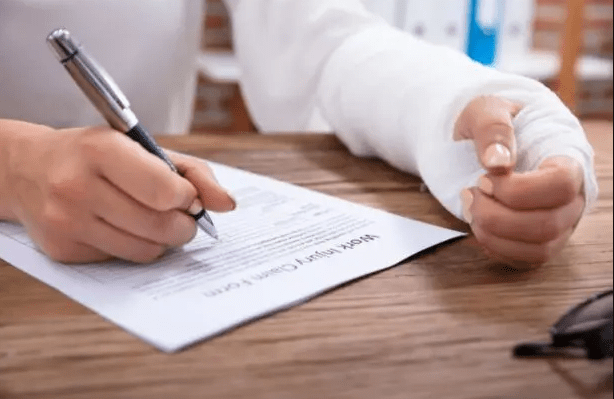A personal injury lawsuit is filed by submitting a petition to the clerk of the district firm. According to a personal injury law firm, there are several factors that you should consider. First, you must determine whether to file. Then consider the technicalities of filing the complaint. Finally, make sure you use a proper service of process, which is a legal word for delivering legal documents to the individual involved.
This article will look at the criteria to follow before filing a personal injury lawsuit.
Steps to Filing a Personal Injury Lawsuit
1. Prepare a Summons and Complaint File
Personal injury cases begin with filing a set of documents with the court, followed by the service of those documents to the defendant. You will be required to prepare and file a complaint to describe the grounds for your lawsuit (sometimes referred to as a “petition”). A complaint is a formal legal document that establishes the legal and factual basis for your injury claim.
The complaint will begin with your name, the defendant’s name, and the court name in which you intend to file your action. The “caption” refers to this portion of the lawsuit. The following section will comprise numbered sentences or paragraphs that describe the court’s jurisdiction to hear the case, identify the legal theorist, and explain the legal theory.
2. Service of Process
Serving a summons and complaint to the defendant is referred to in law as “service of process.” When the defendant receives a copy of these documents, the service of the process is considered complete.
Anyone who is not a minor and is not a party to the litigation may generally serve the defendant. Professional servers, court officials, or law enforcement authorities handle the service of the process the majority of the time. In some jurisdictions, service can also be made through U.S. mail, but confirmation of receipt by the defendant is usually necessary.
Service of process must occur within a specific time frame, often 30 days after you submit your complaint and summons to the court. However, if you have difficulty serving the defendant, the court nearly always grants time extensions as long as you take reasonable steps to discover and serve the defendant.
3. Statute of Limitations
You must file a personal injury case before the statute of limitations runs out. The statute of limitations is a legal term that refers to the period of time in which a lawsuit can be filed. Each state has its deadlines for different types of lawsuits, but a two-year time limit is a standard across the states for personal injury cases.
When your injury happens, when you discover your injury, or when you should have discovered your injury is when the statute of limitations “clock” starts ticking. If you do not file your lawsuit before the statute of limitations runs out, you will be forever precluded from ever pursuing it in court.
4. Professional Malpractice Lawsuits
In some countries, if your lawsuit involves an injury caused by the carelessness of a professional, such as a doctor, you must file an additional court document, which is sometimes referred to as a Certificate of Merit, Affidavit of Merit, or Order of Proof.
5. Response of Defendant to the Complaint
Once you file your summons and complaint with the court and serve those documents to the defendant, they must respond to your complaint. This can occur in two ways:
- First, the defendant responds to your complaint and neither admits nor denies each of your accusations in the complaint. Alternatively, the defendant may claim that it is unable to accept or decline the charge.
- Second, the defendant has the option of filing a motion to dismiss. If the court grants this motion, it has the authority to dismiss your entire lawsuit or just a portion of it.
Seek the Help of an Attorney
Your legal representative will be able to offer you guidance on the right course of action to take and if you stand a chance in filing for a lawsuit.











